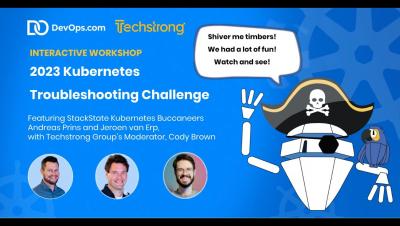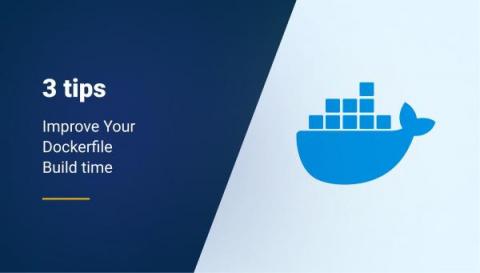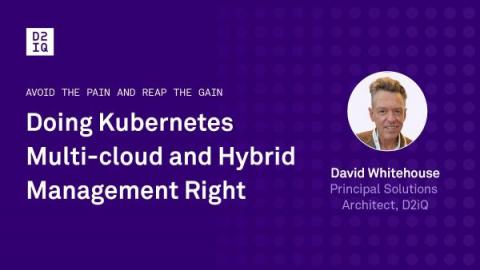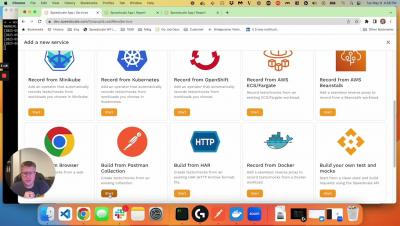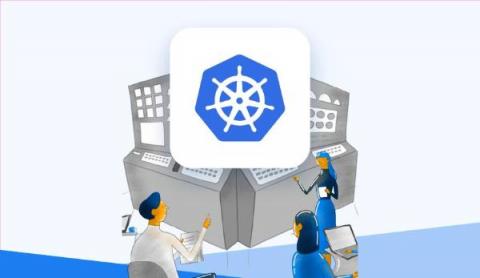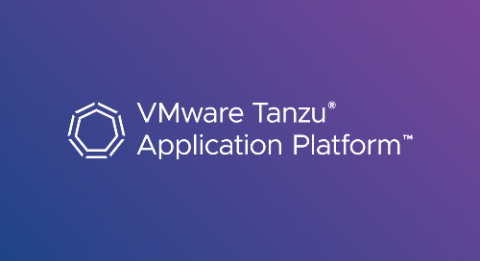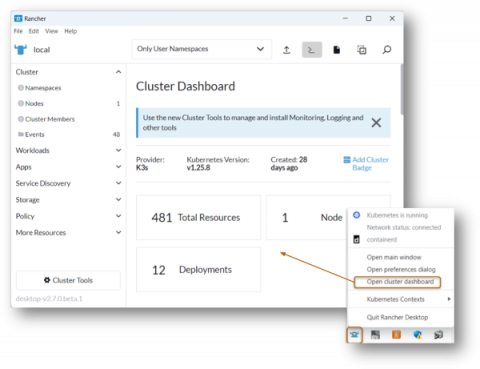Operations | Monitoring | ITSM | DevOps | Cloud
Containers
The latest News and Information on Containers, Kubernetes, Docker and related technologies.
3 Tips to Improve Your Dockerfile Build time
How Our Love of Dogfooding Led to a Full-Scale Kubernetes Migration
The benefits of going cloud-native are far reaching: faster scaling, increased flexibility, and reduced infrastructure costs. According to Gartner®, “by 2027, more than 90% of global organizations will be running containerized applications in production, which is a significant increase from fewer than 40% in 2021.” Yet, while the adoption of containers and Kubernetes is growing, it comes with increased operational complexity, especially around monitoring and visibility.
How to Do Kubernetes Multi-cloud and Hybrid Management Right
The latest surveys show that organizations are struggling to manage multi-cloud environments and overcome problems that include cloud cost, complexity, security, and visibility. In the Flexera 2023 State of the Cloud Report, for example, enterprises cited managing cloud spend and managing multi-cloud environments as their top cloud challenges.
The Art of Using Execution tags to Troubleshoot ECS
In the grand tapestry of software engineering, our journey often winds through labyrinthine layers of application logic. Here, bugs play a compelling game of hide-and-seek, and features dance in an unpredictable ballet. During these instances of fervent exploration, we find ourselves longing for a reliable compass—a secret weapon—to help us decipher the riddles that lie ahead. Cue execution tags, our luminous lighthouse cutting through the dense fog of complexity.
Quickly create performance and regression tests from a Postman collection
Kubernetes Simplified: Understanding its Inner Workings
Tanzu Application Platform on the Disconnected Edge
Kubernetes has become the de-facto platform for containerized applications. But it’s a fractured environment and each Kubernetes distribution has their own nuances. Further, much of today’s cloud native software design assumes a healthy Internet connection, which is not always available. What’s missing is a standardized way to deliver applications on top of any Kubernetes, without an Internet connection (also known as air-gapped deployments).
Kubernetes Architecture Part 3: Data Plane Components
This Kubernetes Architecture series covers the main components used in Kubernetes and provides an introduction to Kubernetes architecture. After reading these blogs, you’ll have a much deeper understanding of the main reasons for choosing Kubernetes as well as the main components that are involved when you start running applications on Kubernetes.
Container Management: A Closer Look at Rancher Desktop's Settings
Rancher Desktop is equipped with convenient and powerful features that make it stand out as one of the best developer tools and the fastest ways to build and deploy Kubernetes locally. In this blog, we will tackle Rancher Desktop´s functionalities and features to guide you and help you take full advantage of all the benefits of using Rancher Desktop as a container management platform and for running local Kubernetes.


